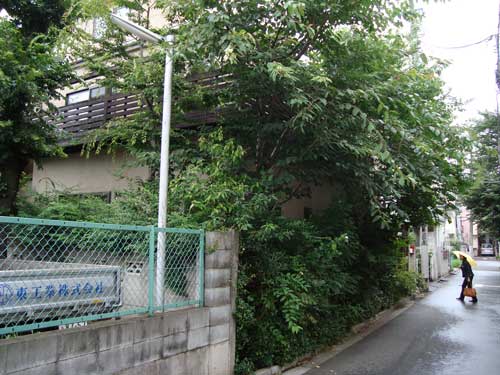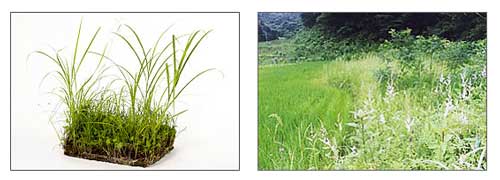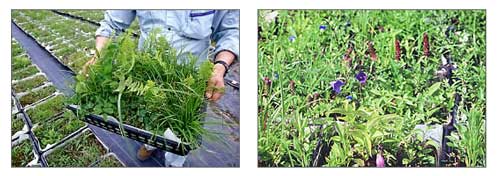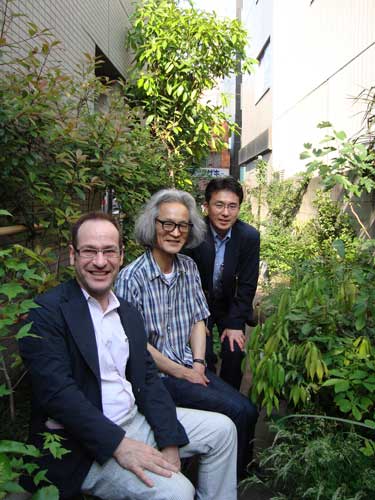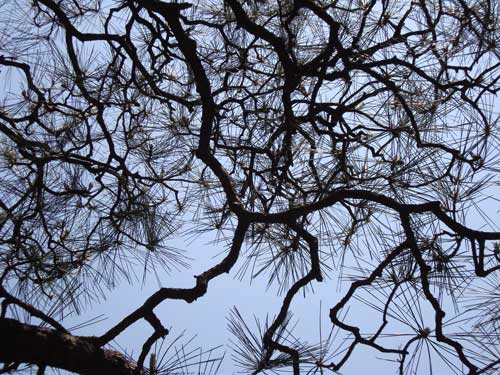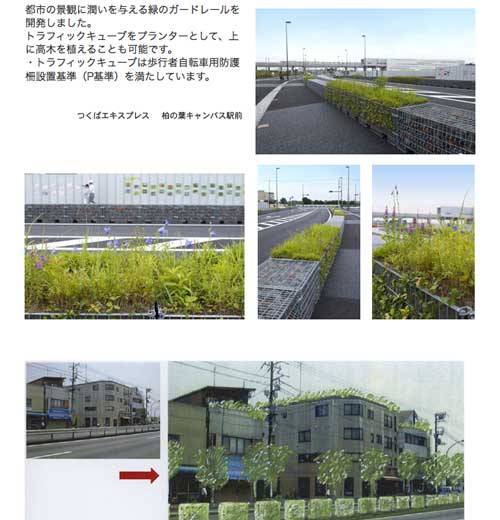
Yamada Yuriyuki (山田順之) , a biodiversity specialist at Kajima, one of Japan’s largest construction companies, appears in a video on Japanese TV about Kajima’s beekeeping and biodiversity education work. Kajima has started a hive in one of their buildings, and is studying how and where bees travel.
Yamada-san makes the important point that “greening” is not just about aesthetics but about eco-systems. Bees play an important role because they pollinate fruit trees that in turn attract birds. Bees also scare away crows. And it is because of the decline of bees in the wild that farmers need to manually pollinate fruits and vegetables. The video also shows how Kajima has educated school kids about the value of bees.
I am curious how far bee-keeping can take off in Tokyo, and the connections its advocates can make with native plants, urban wildlife, and city agriculture.


